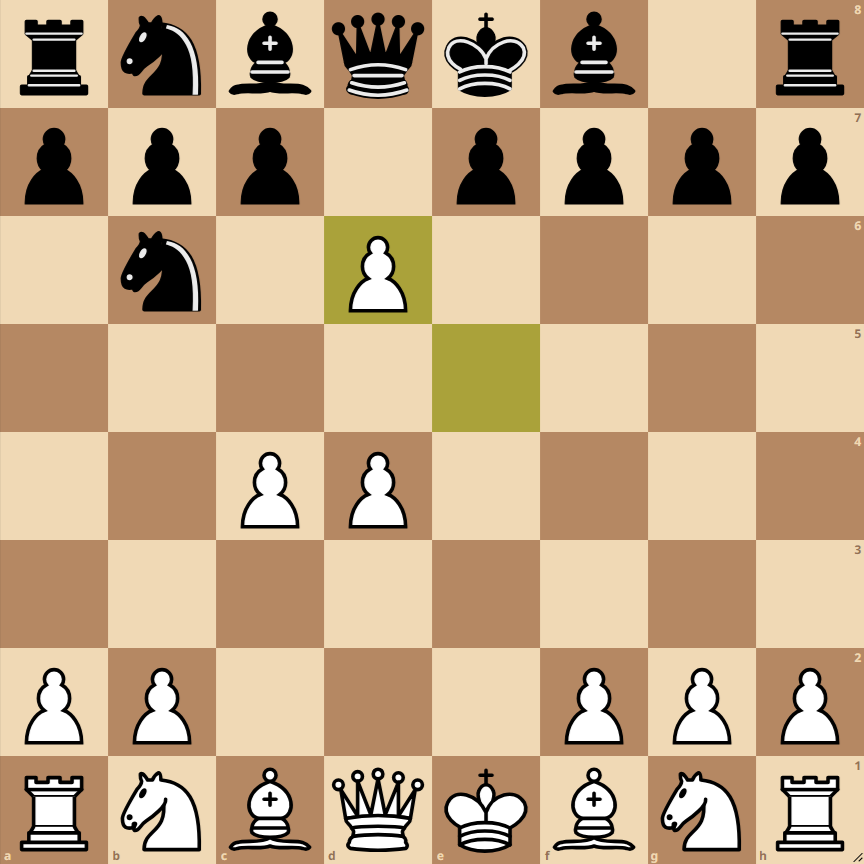How to Play the Alekhine Defense Exchange Variation



The Alekhine Defense Exchange Variation is an opening in chess characterized by bold and strategic moves. Here, each move and its purpose in this variation is detailed:
- 1. e4: White starts with a classic move, controlling the center and preparing the development of their pieces.
- 1… Nf6: Black responds with the Alekhine Defense, challenging the white central pawn and aiming to disrupt the pawn structure.
- 2. e5: White advances their pawn, attacking the knight and gaining space in the center.
- 2… Nd5: The black knight retreats to a safe square, maintaining pressure in the center.
- 3. d4: White continues their development, controlling the center and preparing the entry of their minor pieces.
- 3… d6: Black seeks to undermine the white pawn center and open lines for their pieces.
- 4. c4: White protects their central pawn and aims to gain space on the queen’s side.
- 4… Nb6: The black knight repositions, targeting central squares and preparing the development of other pieces.
- 5. exd6: White opts for an exchange, simplifying the center and opening lines for their pieces.
Variations of the Alekhine Defense Exchange Variation

Variation with 4… g6
In this variation, Black prepares the fianchetto of their king’s bishop, aiming for a more dynamic game and a solid pawn structure in the center.
Variation with 5… exd6
With this move, Black chooses to recapture the pawn immediately, maintaining a more symmetrical pawn structure and opening lines for their pieces.

